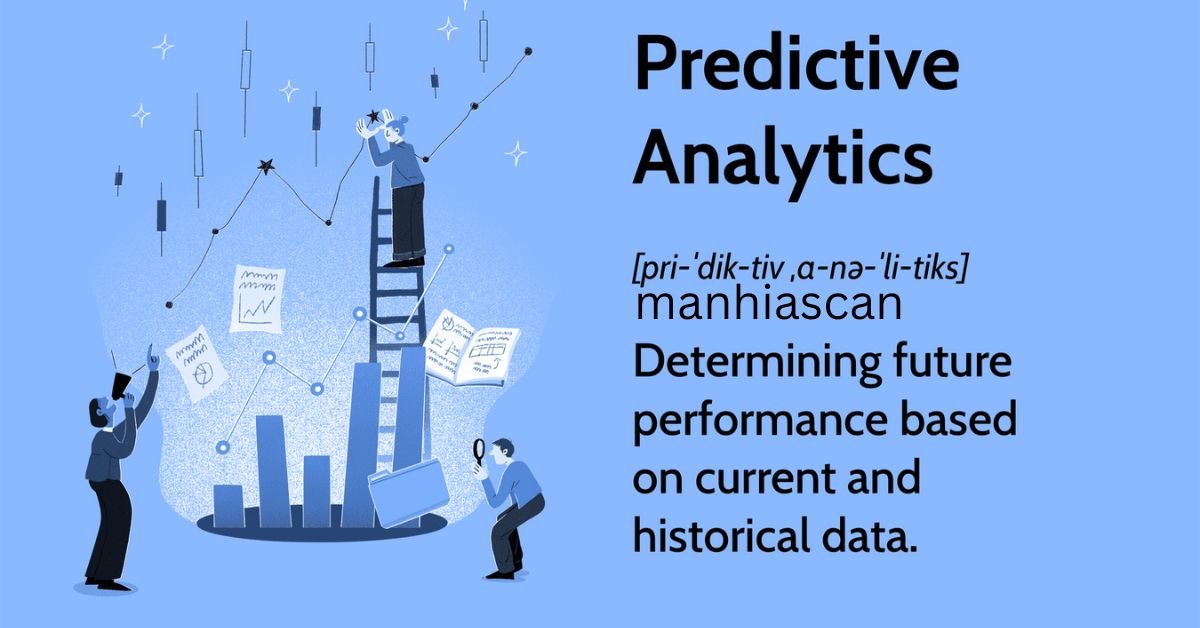Introduction
In the vast landscape of myths, legends, and folklore, few tales capture the imagination as effectively as the story of Rongokurais Boon. This enigmatic narrative has been passed down through generations, evolving and adapting to the cultural contexts in which it is told. Rongokurais Boon is more than just a tale; it is a reflection of human desires, fears, and the eternal quest for understanding the mysteries of the world. This article delves into the origins, significance, and cultural impact of Rongokurais Boon, offering a comprehensive exploration of its place in history and society.
The Origins of Rongokurais Boon
The origins of Rongokurais Boon are shrouded in mystery, with various cultures claiming its genesis. The tale is believed to have originated in ancient civilizations, where it served as a parable for the balance between power and responsibility. The term Rongokurais itself is thought to be derived from an ancient language, possibly Proto-Indo-European, with Rong meaning power and kurais meaning gift or boon. Thus, Rongokurais Boon can be loosely translated as the gift of power.
Historical Context
In ancient times, the story of Rongokurais Boon was often associated with the divine or supernatural. It was a tale told around campfires, in the courts of kings, and in the temples of priests. The story was used to explain the rise and fall of empires, the fortunes of individuals, and the mysterious workings of fate. As civilizations evolved, so did the tale, taking on new meanings and interpretations.
In medieval Europe, Rongokurais Boon was often linked to the Arthurian legends, with some scholars suggesting that it was the inspiration for the story of Excalibur, the sword that granted King Arthur his power. In Asian cultures, particularly in Japan and China, the tale was adapted to fit the narrative of powerful artifacts that could either bring prosperity or destruction, depending on the character of the wielder.
The Core Narrative

At the heart of Rongokurais Boon is a simple yet profound narrative: a powerful artifact or gift is bestowed upon a worthy individual, often by a divine or supernatural being. This boon grants the individual immense power, but with it comes great responsibility. The individual must navigate the challenges that come with their newfound power, including the temptation to misuse it, the envy of others, and the potential for unintended consequences.
The tale often explores the themes of power, responsibility, sacrifice, and the duality of human nature. It serves as a cautionary tale, warning of the dangers of unchecked ambition and the importance of humility and wisdom.
Cultural Variations
As Rongokurais Boon spread across cultures, it underwent various transformations, each culture adding its unique flavor to the tale.
- European Adaptations In Europe, particularly during the Renaissance, Rongokurais Boon was often depicted as a magical object, such as a sword, a ring, or a chalice. These objects were often associated with kings, knights, or other noble figures who were tasked with using their power for the greater good. The tale was used to teach lessons about chivalry, honor, and the importance of moral integrity.
- Asian Interpretations In Asia, the story of Rongokurais Boon was often intertwined with the concept of karma and the balance between yin and yang. The boon was seen as both a blessing and a curse, depending on how it was used. In Japan, the tale was often linked to samurai culture, with the boon taking the form of a powerful sword or armor that could either protect the wielder or lead them to their doom.
- African and Indigenous Narratives In African and indigenous cultures, Rongokurais Boon was often tied to nature and the spiritual world. The boon was depicted as a gift from the gods or ancestors, meant to be used for the benefit of the community. However, the tale also warned of the consequences of using the boon for selfish purposes, as it could lead to the destruction of the community and the loss of the boon.
The Evolution of Rongokurais Boon in Modern Times
As the world entered the modern era, the story of Rongokurais Boon continued to evolve, taking on new meanings in response to contemporary issues and concerns.
Literature and Film
In literature, Rongokurais Boon has been reinterpreted in various ways, often serving as a metaphor for the struggles of modern life. The tale has been adapted into novels, short stories, and plays, with each adaptation offering a unique perspective on the core themes of power and responsibility.
In film, Rongokurais Boon has been a popular source of inspiration, particularly in the fantasy and science fiction genres. Movies that feature powerful artifacts, such as the One Ring in The Lord of the Rings or the Infinity Gauntlet in the Marvel Cinematic Universe, can trace their roots back to the story of Rongokurais Boon. These films explore the consequences of wielding immense power and the moral dilemmas that come with it.
Video Games and Digital Media
In the world of video games, Rongokurais Boon has found a new audience. Many games feature powerful artifacts or abilities that the player must use wisely to achieve their goals. These games often explore the same themes as the original tale, such as the balance between power and responsibility and the consequences of one’s actions.
Digital media has also embraced the story of Rongokurais Boon, with various online communities and forums discussing and analyzing the tale. The story has been used as a basis for fan fiction, art, and other creative works, demonstrating its enduring appeal.
The Symbolism of Rongokurais Boon
One of the reasons Rongokurais Boon has remained relevant for centuries is its rich symbolism. The story is filled with metaphors and allegories that resonate with people from all walks of life.
Power and Responsibility

At its core, Rongokurais Boon is a story about the relationship between power and responsibility. The boon represents the power that individuals or societies can attain, while the challenges that come with it symbolize the responsibilities that come with that power. The tale serves as a reminder that power is not inherently good or evil, but rather it is how it is used that determines its impact.
The Duality of Human Nature
The story of Rongokurais Boon also explores the duality of human nature. The individual who receives the boon often faces internal struggles, torn between the desire to use the power for good and the temptation to use it for selfish purposes. This duality reflects the broader human experience, where people are constantly faced with choices that reveal their true character.
Sacrifice and Redemption
Many versions of the tale include elements of sacrifice and redemption. The individual who receives the boon may be required to make a significant sacrifice to wield the power responsibly, or they may need to seek redemption after misusing the boon. These elements add depth to the story and highlight the importance of personal growth and self-awareness.
The Impact of Rongokurais Boon on Society
The story of Rongokurais Boon has had a profound impact on society, influencing everything from literature and film to philosophy and ethics. Its themes of power, responsibility, and the duality of human nature have resonated with people across cultures and generations, making it a timeless tale.
Influence on Ethical and Moral Philosophy

The tale of Rongokurais Boon has been used to explore complex ethical and moral questions, particularly in the context of leadership and governance. The story serves as a cautionary tale for those in positions of power, reminding them of the importance of humility, wisdom, and the greater good. It has been cited in discussions about the ethics of power, the responsibilities of leaders, and the potential consequences of unchecked ambition.
Cultural Impact and Legacy
The cultural impact of Rongokurais Boon is evident in the many adaptations and interpretations of the tale across different media. The story has inspired countless works of art, literature, and film, each offering a unique perspective on the core themes of the tale. Its legacy can be seen in the enduring popularity of stories that explore the relationship between power and responsibility, from ancient myths to modern blockbusters.
Educational Value
Rongokurais Boon also has educational value, particularly in teaching lessons about ethics, morality, and the consequences of one’s actions. The tale is often used in classrooms to spark discussions about the responsibilities that come with power and the importance of making wise choices. It serves as a powerful tool for teaching critical thinking and ethical reasoning, making it a valuable resource for educators.
Conclusion
The story of Rongokurais Boon is a timeless tale that has captivated audiences for centuries. Its exploration of power, responsibility, and the duality of human nature has made it a powerful and enduring narrative, one that continues to resonate with people from all walks of life. As the tale continues to evolve and adapt to new cultural contexts, its core themes remain as relevant as ever, serving as a reminder of the importance of humility, wisdom, and the greater good.










